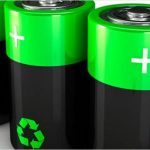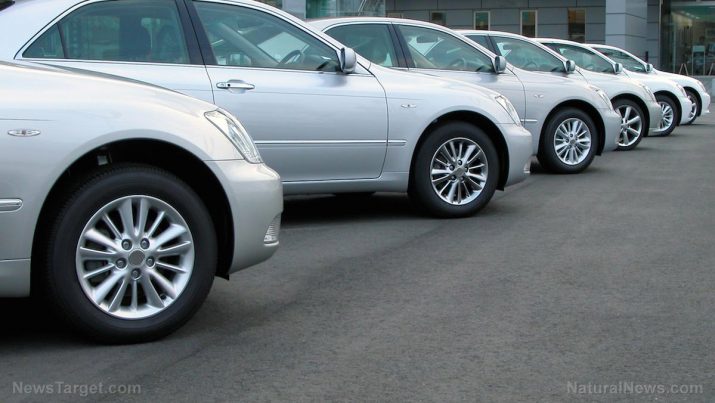
Scientists develop self-healing rubber that could mean punctured tires repair themselves as you drive
Monday, August 21, 2017 by Russel Davis
http://www.futuresciencenews.com/2017-08-21-scientists-develop-self-healing-rubber-that-could-mean-punctured-tires-repair-themselves-as-you-drive.html

Flat tires and weak rubber bands may very soon become a thing of the past as researchers from the Harvard John A. Paulson School of Engineering and Applied Sciences (SEAS) recently developed a new tough, self-healing rubber.
While self-healing materials are not new, engineering the same properties on dry materials such as rubber poses a bigger challenge. According to the researchers, this is due to the rubber’s material make-up. Rubber is made up of polymers linked by permanent, covalent bonds that do not reconnect once broken.
The main hurdle was that both reversible and covalent bonds do not interact with one another, in the same way as water repels oil. To address this, the experts developed a molecular rope called randomly-branched polymers to link the two types of bonds on a molecular level. The research team were able to homogeneously mix two previously immiscible bonds.
Following the molecular process, the scientists were able to create a transparent, tough, self-healing rubber.
“Unlike conventional methods relying on co-solvents to promote mixing, we use molecules to physically tie these two types of bonds together, such that they are forced to mix at the molecular level. This enables a dry rubber that contains both reversible hydrogen bonds and permanent covalent crosslinks. The reversible bonds break and reform to enable self-healing ability, whereas the covalent bonds maintain the material integrity under large deformation. Consequently, the rubber is not only very tough as natural rubber, but also can self-heal upon damage,” corresponding author Li-Heng Cai told Digital Trends online.
This self-healing rubber is no typical material
According to the research team, a typical rubber material tends to snap at certain stress points once force is applied. However, the new self-healing rubber was found to develop crazes — a feature the same as cracks but otherwise connected by fibrous strands — throughout the surface when it is stretched.
The crazes were found to redistribute the stress when it comes in contact with a force. As a result, the material cannot detect a single point of stress that may cause it to crack or snap. The research team also stated that the crazes heal and the material reverts to its original form once the stress is released.
Harvard’s Office of Technology Development has already filed a patent application for the material and is currently seeking commercialization opportunities. The material’s self-healing properties may appeal to manufacturers of various rubber products.
“There is still a lot more to do. For materials science, it is not fully understood why this hybrid rubber exhibits crazes when stretched. For engineering, the applications of the hybrid rubber that take advantage of its exceptional combination of optical transparency, toughness, and self-healing ability remain to be explored. Moreover, the concept of using molecular design to mix covalent and reversible bonds to create a homogenous hybrid elastomer is quite general and should enable development of tough, self-healing polymers of practical usage,” senior author David A. Weitz said in a university press release.
Find more articles about materials science discoveries at Discoveries.news.
Sources include:
Tagged Under: Tags: breakthrough, Chemistry, discoveries, future science, future tech, Harvard, materials science, Rubber, science, Science & Tech, self-healing





